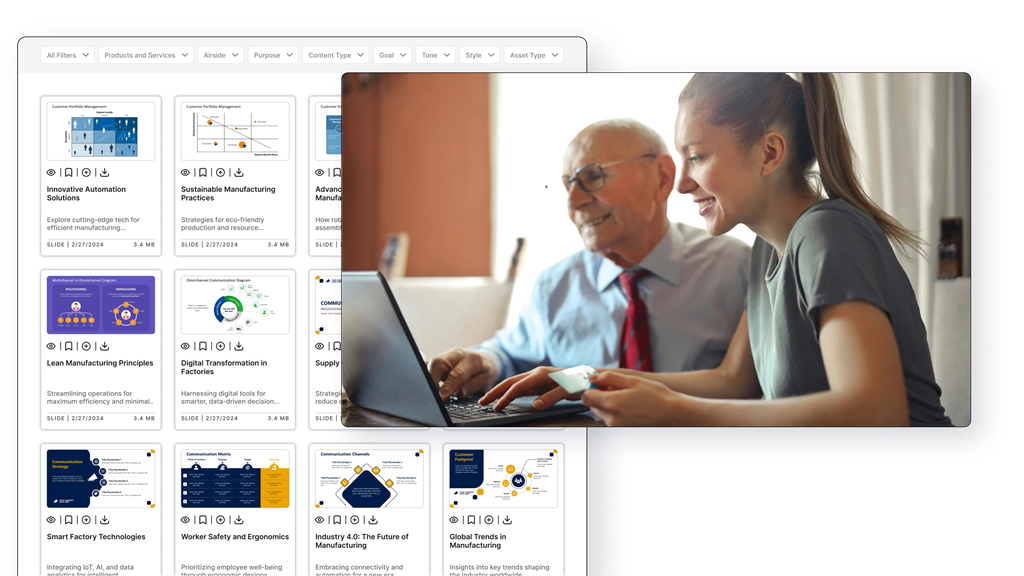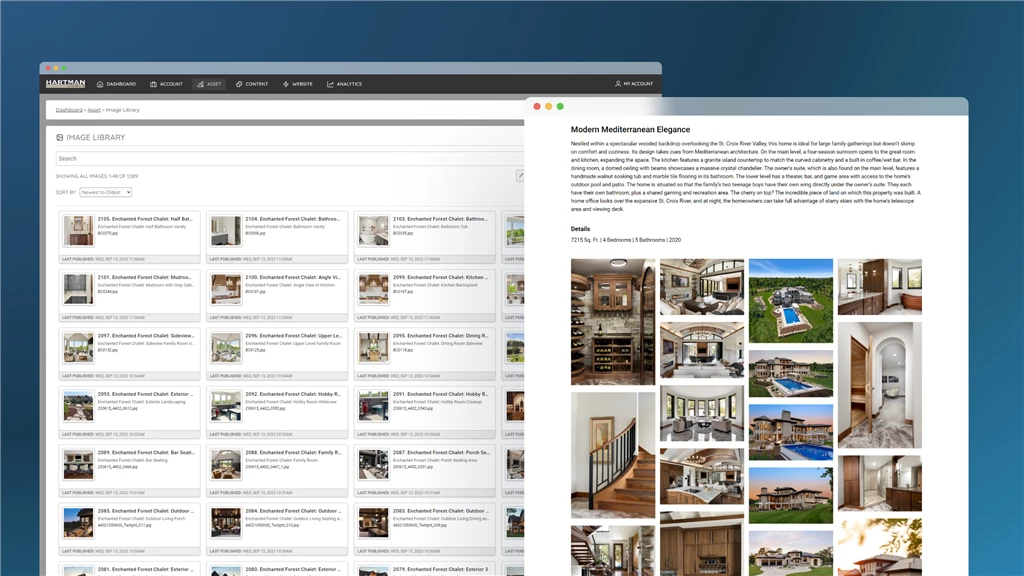A study from the American Psychological Association links prolonged digital exposure to increased stress levels, diminished attention spans, and cognitive overload. The result? Users are more likely to disengage from brands and tune out content that feels repetitive, unnecessary, or low in value.
According to Microsoft research, the average human attention span has dropped to just 8 seconds, emphasizing the need for content that is concise, engaging, and purposeful.
Why More Content Isn’t the Answer
For years, businesses have operated under the belief that more content equals more engagement. However, the data suggests otherwise. A 2024 HubSpot study found that while content production has increased by 300% in the last decade, engagement rates have steadily declined.
Here’s why an excessive content strategy can backfire:
- Diminishing Attention Spans– The average internet user spends only 47 seconds on an article before moving on.
- Cognitive Overload– When users are bombarded with too much information, they struggle to absorb and retain key messages.
- Brand Erosion– Releasing content just for the sake of it can dilute a brand’s identity and reduce credibility.
Instead of focusing on volume, businesses must shift toward relevance, clarity, and strategic timing to make content truly valuable.
Is a CMS the Right Tool to Solve Digital Fatigue?
A Content Management System (CMS) is often touted as a solution for streamlining content creation and distribution, but is it the best answer to combat digital fatigue? Let’s take an objective look at its role.
How a CMS Can Help:
- Content Organization– A CMS ensures content is categorized and easy to retrieve, preventing duplicate efforts.
- Scheduling & Automation– Businesses can schedule content releases to avoid overloading their audience.
- Personalization– Many modern CMS platforms allow for targeted content delivery, ensuring users only see what’s relevant to them.
- Performance Analytics– Tracking engagement helps businesses refine their strategy and avoid wasted effort on ineffective content.
Where a CMS Falls Short:
- It Can’t Improve Content Quality– A CMS is a tool, but it doesn’t guarantee better storytelling or more meaningful content.
- Risk of Automation Overload– If not carefully managed, automated content scheduling can lead to excessive output, worsening digital fatigue.
- Lack of Emotional Connection– A CMS can distribute content, but it can’t replace authentic, human-driven engagement.
Ultimately, a CMS is a helpful tool, but it’s not a silver bullet. Businesses must balance CMS efficiency with a thoughtful content strategy that prioritizes human connection and value-driven communication.
Best Practices for Reducing Digital Fatigue While Maximizing Engagement
If businesses want to maintain audience interest without overwhelming them, they need to refine their content strategy. Here’s how:
1. Adopt a “Less, But Better” Approach
According to Content Marketing Institute, 78% of marketers who reduced their content frequency saw improved engagement. Focus on quality, not quantity, and ensure each piece of content serves a clear purpose.
2. Create Scannable, Digestible Content
- User Reading Habits: Approximately 73% of readers admit to skimming blog postsrather than reading them in full.
- Effective Formatting Techniques:
- Bullet Points and Numbered Lists: Utilizing these can enhance readability and retention.
- Headings and Subheadings: Breaking up text with clear headings aids in navigation.
- Visual Elements: Incorporating images and infographics can lead to 94% more views on articles.
3. Leverage Micro-Content
Instead of long-form content every time, consider:
- Short-Form Video Dominance: Short-form videos have become the top media format in content strategies, with 44% of marketers planning to incorporate short-form videosinto their e-commerce approaches.
- Engagement Metrics: These concise videos generate over twice the engagement compared to longer-form content.
- Quizzes: Interactive content like quizzes or polls
4. Encourage Active Engagement
Rather than passively consuming content, encourage participation:
- User-Generated Content (UGC) Impact: Highlighting its power in building community and trust, UGC influences the purchasing decisions of 90% of consumers
- Community Building: Brands that foster community-driven spaces and encourage user interaction often see increased loyalty and engagement.
- Story Old As Time: Use storytelling to build an emotional connection




